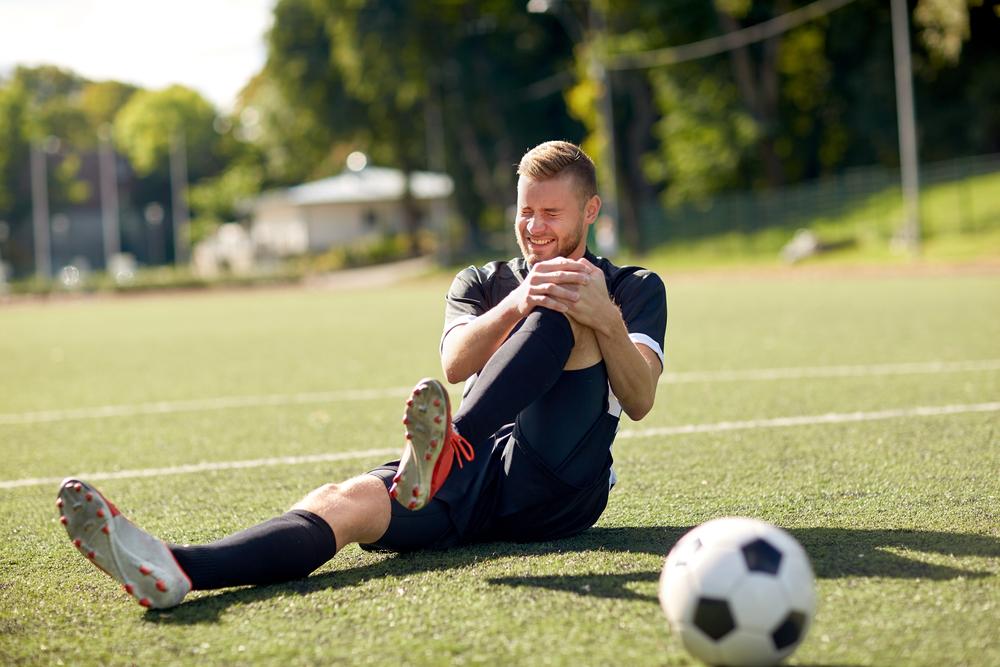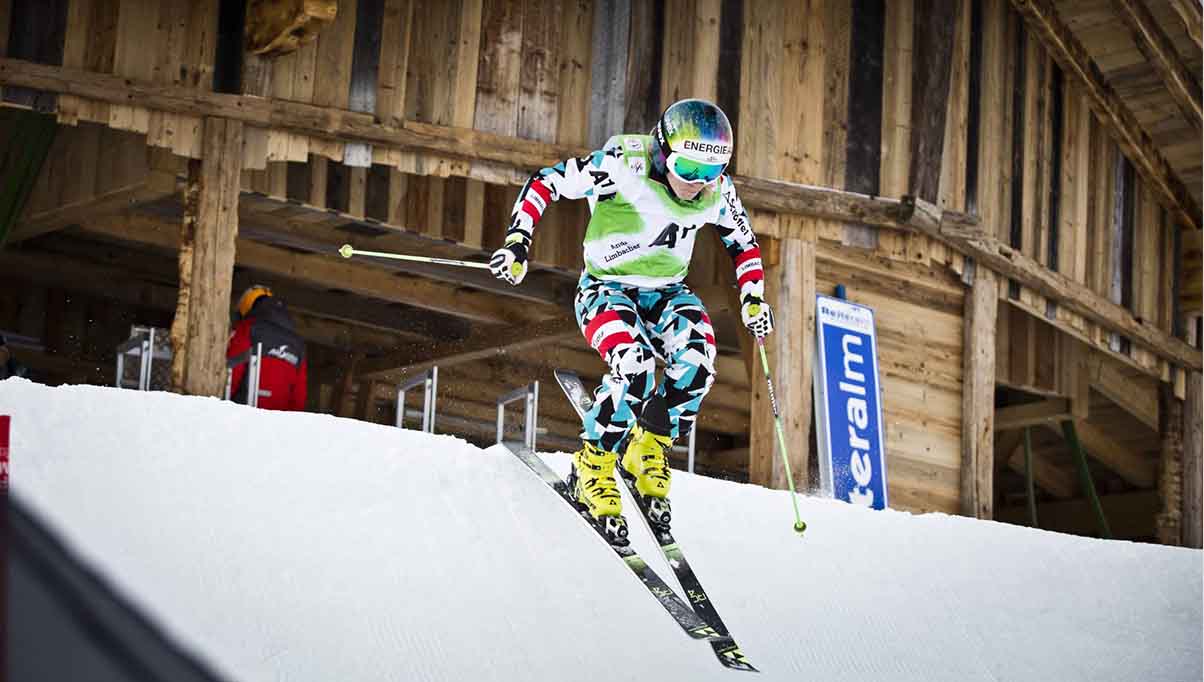The meniscus is a crucial part of the knee, needed for virtually every movement of the leg. But can the injury be treated without going under the knife? We are taking a look at treating meniscus a tear without surgery and ways you can find relief from a knee pain.
What is the Meniscus?
The meniscus is made up of two disc-like structures of flexible cartilage. These two menisci (the medial and lateral meniscus) sit between the knee bones and allow for smoother movement of the joint, stabilising the knee itself.
When the knee is put under particular strain, whether it’s a sudden injury or a gradual wear due to repetitive movement, the meniscus can become torn.
Learn more: Swollen knees, when you should see a doctor.
Meniscus tears
When you tear the meniscus, it can be very difficult for your body to heal it. This is partly due to the poor blood supply to that particular part of the knee, as well as the nature of the meniscus.
The cartilage that forms the meniscus, much like the cartilage that sits in all our joints, does not regenerate like many other parts of the body. This means that once the damage is done, it’s hard to undo it.
As a result, when you tear the meniscus, it is generally recommended by surgeons and specialists to have surgery. While this can relieve initial pain, it can often lead to increased chances of arthritis, scar tissue (which can aggravate the joints) and reduced stability.
Treating meniscus tears without surgery
Wearing a knee brace
In the past, misinformation about knee braces and supports have led people to feel reluctant to use them. While a lot of this is understandable, decades of research, testing and successful medical treatment now show that wearing a medical-grade brace for the management of meniscus tears, can be just as effective as surgery.
There are a few key ways which a knee brace works:
- Compression and gel support target the meniscus and surrounding muscles, providing relief from inflammation and irritation. The GenuTrain A3 is perfect for mild meniscus tears and strains.
- By providing gentle rigid support to the knee joint, a hinged brace like the GenuTrain S will work to stabilise the knee, taking pressure off the meniscus. The gel kneecap and compression will also relieve pain and soothe moderate meniscus tears.
- When it comes to severe tears and chronic problems with the meniscus, the GenuTrain OA uses compression and mechanical unloading to completely relive the meniscus and take pressure off that part of the knee.

Exercise, strengthening and physiotherapy
The knee is the most complex joint in the body, with a interwoven network of muscles, tendons, ligaments and of course, the meniscus. This means that when one part of the knee is injured or not functioning properly, the surrounding muscles can support it.
Through regular exercise and targeted strengthening, you can train the stronger muscles in your knee to take pressure of the meniscus, helping your long-term management of any tears.
As it changes from person to person, it’s best to see a physio to start on the right exercises for your knee. These exercises are best done while wearing a knee brace or support.
Here are a few examples of knee exercises to build strength:
For assistance selecting the right product for your needs, book a video consultation with a Bauerfeind expert: Book Video Call, or call us on 1300 668 466.
Do you have private health? Most private health extras will cover Bauerfeind Products, check to see if yours is included. Bauerfeind Private Health Insurance Enquiry.
Bauerfeind products are developed at our innovation and manufacturing facility in Zeulenroda, Germany. Based on years of scientific research, our award-winning braces and support garments are highly recommended by medical professionals and athletes worldwide.
















